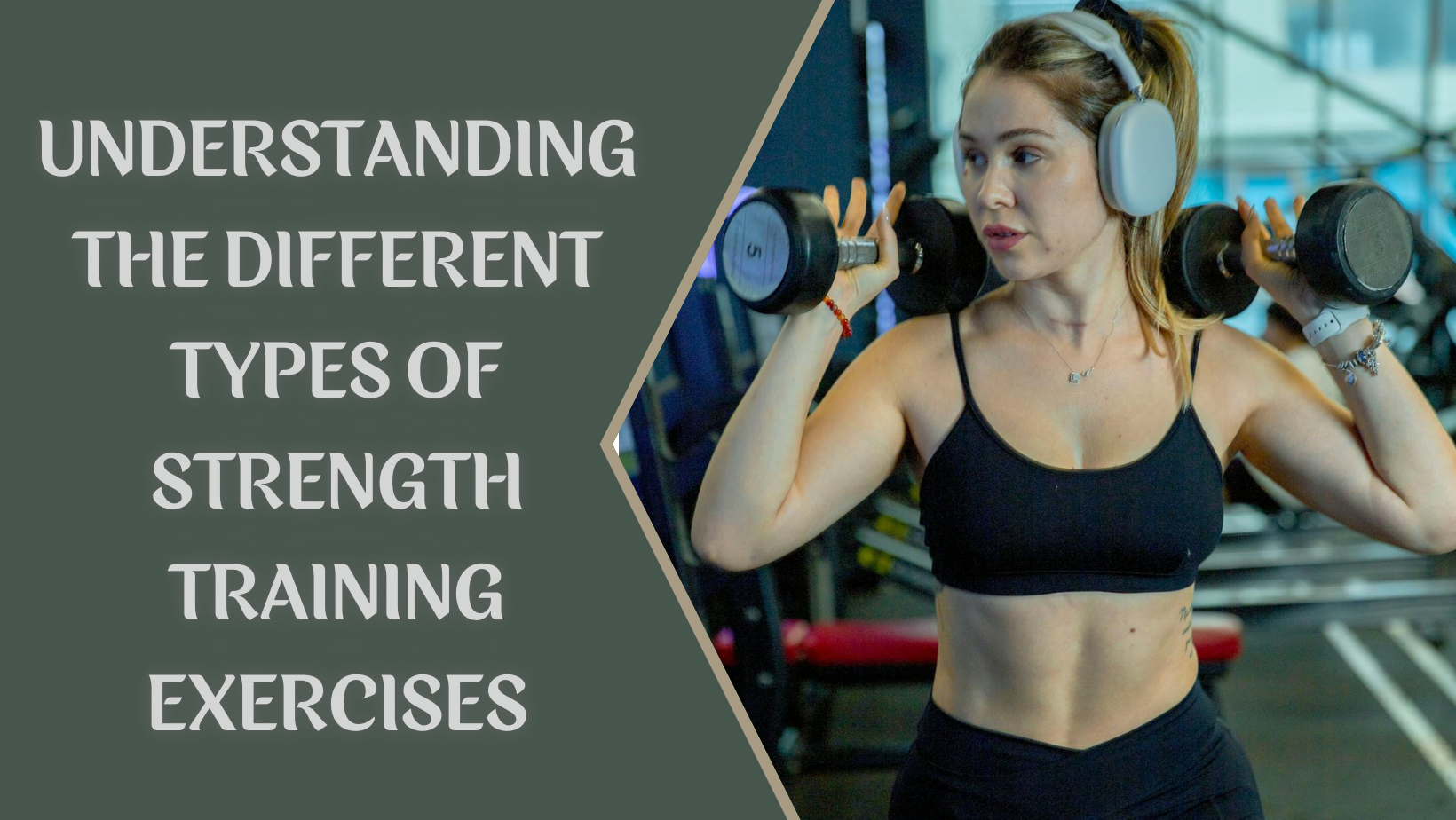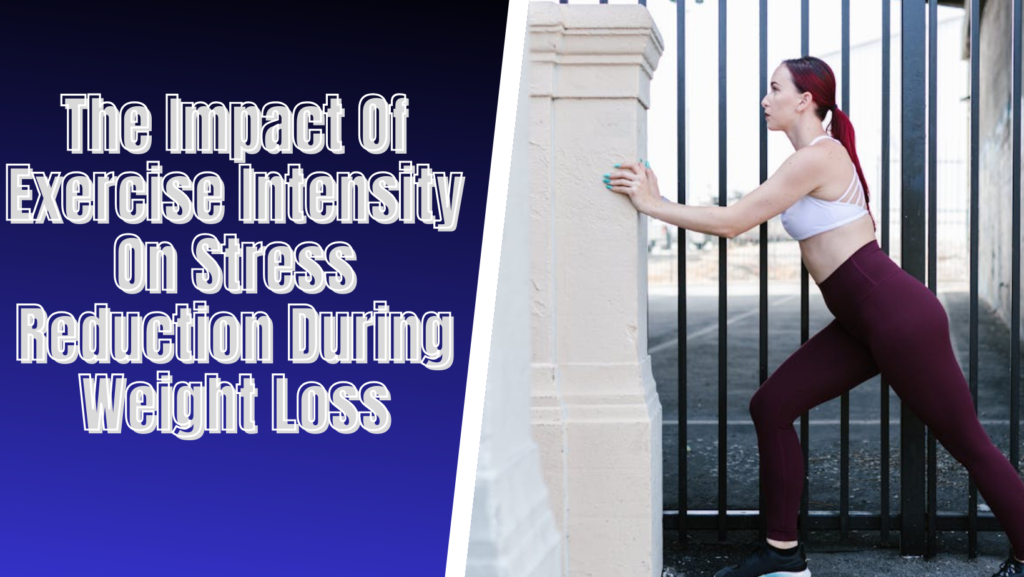Are you looking to enhance your fitness routine and build strength? If so, it’s crucial to understand the different types of strength training exercises available to you. Whether you’re a beginner or seasoned gym-goer, this article will provide a concise overview of these exercises, helping you choose the most effective ones for your goals. From compound movements like squats and deadlifts that target multiple muscle groups simultaneously, to isolation exercises such as bicep curls and tricep extensions that focus on specific muscles, there are various options to suit all levels of fitness and interests. So, let’s explore the world of strength training and discover the exercises that will pave the way to a stronger, healthier you. Strength training exercises are a vital component of any comprehensive fitness routine. They help to build muscle mass, increase strength, and enhance overall physical performance. However, there are several different types of strength training exercises, each with its own unique benefits and characteristics. By understanding these different types, you can tailor your workout routine to suit your specific goals and preferences.
Compound exercises
Compound exercises are multi-joint movements that engage multiple muscle groups simultaneously. These exercises require coordinated effort from various muscle groups and are excellent for building overall strength and improving functional movements. Examples of compound exercises include squats, deadlifts, bench presses, and pull-ups. These exercises are highly efficient and time-effective, as they work multiple muscle groups in one motion.
Isolation exercises
Isolation exercises, on the other hand, target specific muscle groups in isolation. These exercises are typically performed with lighter weights and focus on isolating a single muscle or muscle group. They are great for targeting specific areas of weakness or for bodybuilders who want to enhance hypertrophy. Examples of isolation exercises include bicep curls, tricep extensions, leg extensions, and calf raises.
Powerlifting
Powerlifting is a sport that focuses on three primary compound movements: squat, bench press, and deadlift. The goal in powerlifting is to lift as much weight as possible for a single repetition in each of these exercises. Powerlifting requires strength, technique, and mental focus. It is a highly competitive sport where athletes strive to achieve personal records and compete against others in strength competitions.

Bodybuilding
Bodybuilding is a sport that focuses on building and sculpting a well-defined and symmetrical physique. Bodybuilders emphasize muscle hypertrophy and aesthetic appearance. They typically perform a combination of compound and isolation exercises to target specific muscle groups and enhance muscle size and definition. Bodybuilders also incorporate strict diet and nutrition plans to maximize muscle growth and minimize body fat percentage.
CrossFit
CrossFit is a high-intensity fitness program that combines elements of weightlifting, cardiovascular conditioning, and functional movements. CrossFit workouts vary from day to day and can include a wide range of exercises, such as Olympic lifts, bodyweight exercises, kettlebell swings, and plyometrics. CrossFit is known for its competitive nature and emphasis on overall fitness and athleticism.
Circuit training
Circuit training involves performing a series of exercises in a specific order with minimal rest between each exercise. It is a highly efficient way to improve cardiovascular endurance, build strength, and burn calories. Circuit training can incorporate a combination of bodyweight exercises, resistance training, and cardiovascular exercises. It is a versatile training method that can be tailored to different fitness levels and goals.
Plyometrics
Plyometric exercises, also known as jump training, focus on explosive movements that involve rapid stretching and contracting of muscles. These exercises are excellent for improving power, speed, and agility. Plyometrics typically involve movements like box jumps, jump squats, and medicine ball throws. These exercises engage the fast-twitch muscle fibers, allowing athletes to generate quick and powerful movements.
Functional training
Functional training aims to improve everyday movements and enhance overall physical performance. It focuses on exercises that mimic real-life activities, such as lifting, pushing, pulling, and carrying. Functional training can improve balance, coordination, stability, and flexibility. Examples of functional training exercises include squats, lunges, kettlebell swings, and farmer’s carries.
Resistance band exercises
Resistance band exercises utilize elastic bands to provide resistance during your workout. These bands can be used to target specific muscle groups and can be adjusted to provide different levels of resistance. Resistance bands are highly portable and versatile, making them an excellent choice for individuals who prefer to exercise at home or while traveling. They can be used for both strength training exercises and stretching exercises.
You May Also Like
Weightlifting
Weightlifting, also known as Olympic weightlifting, involves the execution of two competitive lifts: the snatch and the clean and jerk. These lifts require explosive power, technique, and flexibility. Weightlifting focuses on developing full-body strength, power, and athleticism. It challenges both the muscular and nervous systems and is a sport in its own right.
In conclusion, there are various types of strength training exercises, each with its own unique benefits and purposes. Whether you are looking to build overall strength, increase muscle size, improve athletic performance, or enhance functional movements, there is a strength training method suitable for you. It is essential to understand these different types of exercises and incorporate a variety of them into your workout routine to achieve optimal results. Remember to consult with a fitness professional or trainer to tailor your strength training program to your specific goals and needs. So, go ahead, hit the gym, and enjoy the numerous benefits that strength training can offer for your overall health and well-being.




